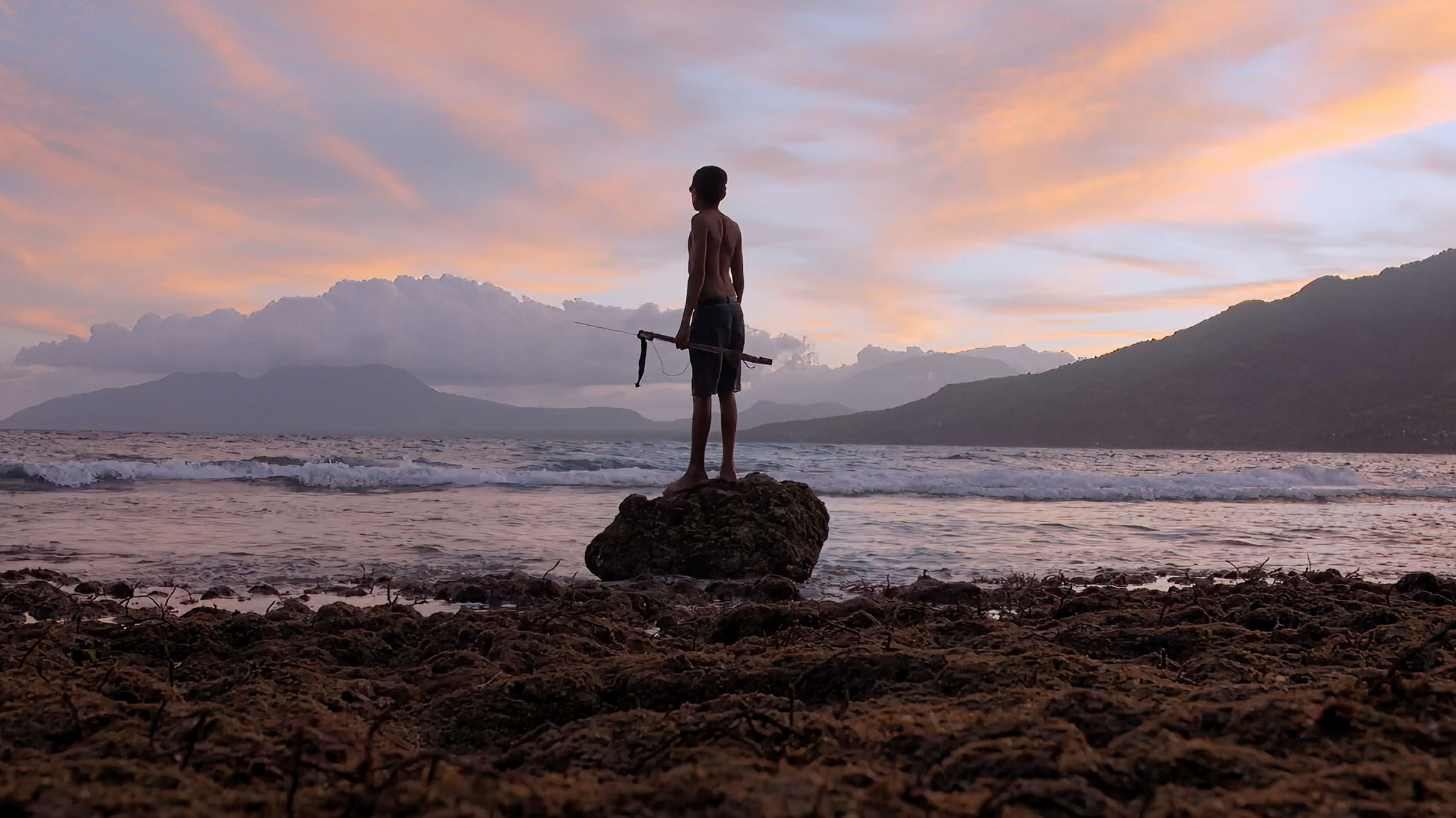Marine Stewardship Council Labeling and the Future of Sustainable Fisheries
For hundreds of years, the Grand Banks cod fishery was one of the world’s most productive, providing a dietary staple to millions of people. Drop a basket over the side of your boat and scoop up the cod—so the stories go from the earliest accounts. This all came to a screeching halt in the early 1990s when that once-bountiful population collapsed, forcing the Canadian fisheries ministry to enact an indefinite moratorium on commercial cod fishing that remains in place in the Grand Banks.
“It was the old story of too many boats chasing too few fish,” said Rupert Howes, CEO of the Marine Stewardship Council (MSC), a 2007 Skoll Awardee. “Forty thousand people lost their livelihoods, and the fishery still hasn’t recovered. This disaster prompted the creation of the MSC.”
Now celebrating its 20th anniversary, MSC has emerged as the global leader in a market-based approach catalyzing sustainable fisheries management and good governance of the oceans. It’s a truly multi-stakeholder model, bringing together civil society, NGOs, scientists, and the entire market supply chain to incentivize fisheries to meet a growing demand for traceably, certified sustainable seafood. Some 12 percent of the global seafood trade is now certified by independent assessment bodies against the MSC standards—that’s more than 300 fisheries.
“We were founded because of the failure to look after our common ocean resources,” said Howes. “There’s no silver bullet for the challenges of overfishing, but market-based programs are definitely part of the solution.”
Nearly seven percent of protein in the global diet comes from the ocean, and the UN estimates that 200 million livelihoods are involved directly in fishing and processing. Much of those jobs are vital economic engines in the global south. As global population increases along with demand for seafood, the trends in ocean health are heading in the wrong direction.
“Just under a third of global fisheries (31 percent) are classified by the United Nations Food and Agriculture Organization as overexploited,” said Howes. “At the same time, we live in a world that wants more and more fish. The challenge is to meet that demand sustainably.”
When determining the sustainability of a fishery, evaluators look at the fishery’s stock levels, the impact of fishing on the wider environment and marine life, including bycatch issues and impacts on the seabed, and the quality of the management regime. This is a 360-degree independent review that can take up to 18 months. Size doesn’t dictate sustainability points out Howes, and large-scale operations have received the MSC stamp of approval alongside smaller ones. The Alaskan pollock fishery—the largest fishery in the U.S.—achieved re-certification in 2016.
In the past year, MSC has marked several notable milestones. The Spanish grocery chain Eroski introduced the MSC label on its fresh fish counters and forecast the sale of two million kilos (4.4 million pounds) annually of MSC labeled seafood by 2020. The German frozen pizza maker Dr. Oetker signed up to use MSC certified tuna on its pizzas. Perhaps the biggest success was the decision by the Indian Ocean Tuna Commission to adopt harvest control measures on skipjack tuna, supporting the long-term health of this critical fishery that provides nearly a quarter of the global tuna catch.
“This was a decision that was years in the making, involving retailers, NGOs and governments and I am confident it was influenced by the Maldivian fishery’s desire to keep MSC certification,” said Howes. “It’s an example of the potential scale of impact we need in the coming years.”
MSC has set ambitious goals for scaling that impact: 20 percent of the global wild seafood trade in the MSC program by 2020, and 30 percent by 2030. “To get there, we’ll need collaboration from industry and civil society, but critically, we’ll need governments to take a leadership position in the policy environments that enable fisheries to thrive and operate sustainably,” said Howes. “There’s a long way to go in some parts of the oceans, but together, we can get there.”



